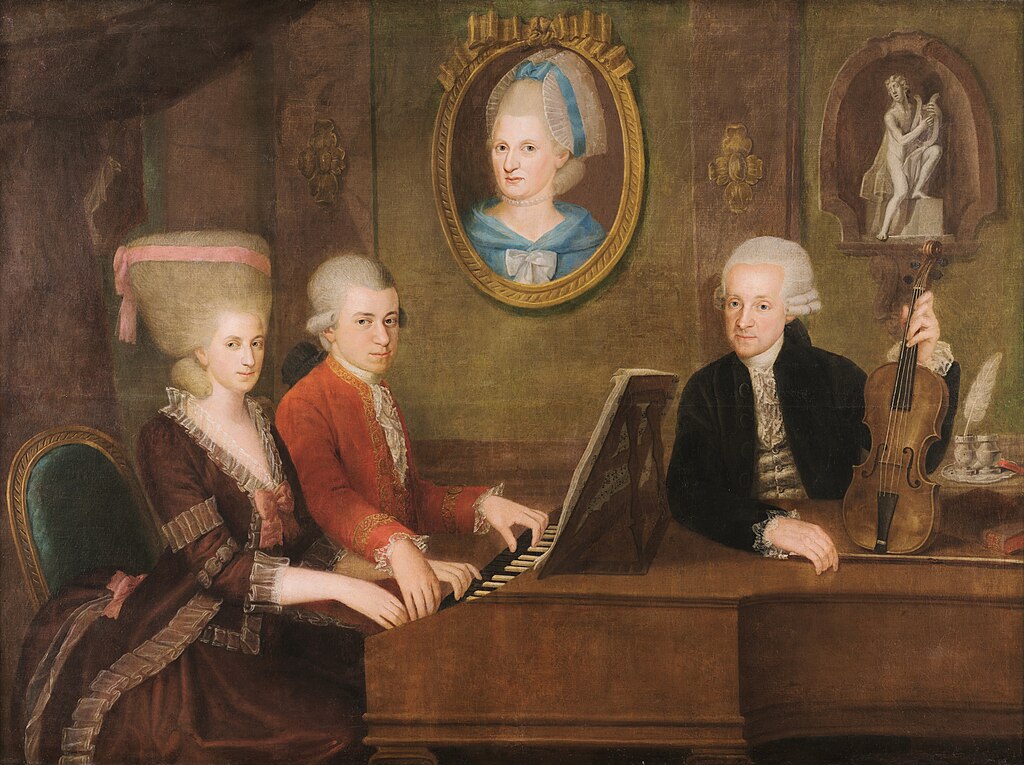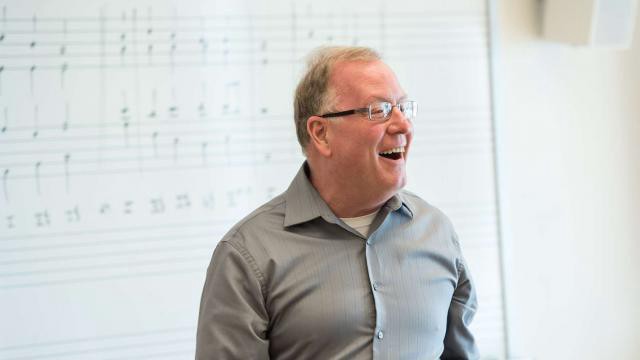

Jessie Montgomery (b. 1981)
Overture (2022)
Musicians come in all sizes, shapes, and skillsets. Some are one-trick ponies, but their tricks are really good. Others might encompass multiple disciplines – pianist-composers, composer-conductors, performer-teachers, and the like.
And there are those who embrace the whole. That’s where Jessie Montgomery comes in: violinist, teacher, and composer with an expansive vision and a deep commitment to social justice. Happily, she is a ‘composer for everybody’ – i.e., not inclined to write impenetrable scores that nobody actually wants to play or hear. Montgomery composes approachable, listenable, and playable music that people like. She gets a lot of commissions. That’s good.
Montgomery describes her 2022 Overture as “a one-movement orchestral tutti steeped in harmonic textures inspired by a fusion between jazz and American classical harmonies, Baroque rhythmic gestures, and polyphonic tension.” The overriding mood is actually pretty serious; very largely string-based (although the entire orchestra is eventually employed,) the Overture carves out a large-scale journey from minor modality (very much on tap at the beginning) to major mode (via a sustained major triad at the end.)

Wolfgang Amadeus Mozart (1756–1791)
Piano Concerto No. 21 in C Major, K. 467 (1785)
Mozart’s move to Vienna in 1781 acts as a dividing line in his biography. Before Vienna he was a promising young composer with some substantial achievements to his credit; in Vienna he became Mozart, ever since cherished, celebrated, even mythologized. In 1781 he was 25 years old, precisely the right age to strike out on his own, free from Salzburg and his father’s suffocating control, responsible to nobody except himself.
He prospered in Vienna, as opera productions, concerts, and commissions ensured him a decent livelihood. Like any creative artist, he had his fallow periods and abandoned projects. But his output during that decade in Vienna is nothing short of miraculous. The tragic disease – we may never know precisely what it was – that took him away just short of his 36th birthday robbed humanity of untold treasures yet to come. What we have is beyond price.
There’s an oft-told story about Mozart’s father Leopold, kapellmeister to the Archbishop of Salzburg and a persistent, if well-intentioned, thorn in his son’s side. Leopold arrived in Vienna at 1:00 PM on Friday the 11th of February, 1785 and was immediately swept up into a madcap scene as Wolfgang and a team of copyists scrambled to prepare the orchestral parts for a concerto due to be premiered that very evening. Somehow it all got done, and that night Wolfgang’s Piano Concerto No. 20 in D Minor K. 466 – a crown jewel of Western music – was revealed to the world. But the story, good as it is, doesn’t end there. Wolfgang wrote another pianoconcerto during Leopold’s month-long visit: No. 21 in C Major K. 467, which brims over with sunny joy and breathtaking lyricism.
The chipper march rhythm that opens the first movement sets the mood for the elegantly structured tune-fest to come. The second-place Andante opens with a melody so beguiling that it has been popularized twice – once as the theme song for a now-forgotten movie, and again by no less than Neil Diamond. In the Allegro vivace assai the concerto returns securely to earth in a finale so exuberantly dance-like as to be a kissing cousin to a polka.

Ludwig van Beethoven (1770–1827)
Symphony No. 3 in E-flat Major, Op. 55 “Eroica” (1805)
Music changed forever on the afternoon of April 7, 1805, the first public performance of Beethoven’s newest symphony. By now the Viennese had a general idea of what to expect from their most newsworthy musician. Something along the lines of his previous two symphonies, perhaps: a slow introduction leading into a rambunctious first movement, three assorted movements following, the whole rather like a supercharged Haydn symphony.
What the Viennese got that day was not so much a symphony as it was a revolution. Nothing could have prepared them for the experience about to unfold, starting with the very opening: two brutal hammerblows from massed strings and brass followed by a seething, intense, and muscular first movement that lasted an ear-popping fifteen minutes. But length did not imply laxness; quite the opposite in fact. Tightly woven and meticulously organized via a few simple motives, it stands amongst the most imposing structural achievements in Western art. This is music-making in the grandest manner, combining the meticulous precision of a master clockmaker with the all-encompassing vision of a Michelangelo. And it changed the rules. As a beam of light can be bent off its course by a strong gravitational field, the evolution of the symphony was irrevocably altered by the first movement of the Eroica.
An appallingly tragic funeral march followed, unrelenting in its lugubriousness for the most part, save a few relatively gentle episodes. No doubt some listeners were expecting something lighter to follow, since the traditional third movement is a dance of some sort, typically a Minuet – although Beethoven had already made clear that he had little to no truck with twee courtly dances. Nor did he cater to the elevated-pinky contingent in this symphony. Instead, the Viennese were treated to a downright manic scherzo movement, joyful to be sure, but also just a bit unhinged.
About forty minutes had passed so far, with the wrap-up fourth movement still to go. If some in the audience were holding out for a vivacious lark of a finale, something short and sweet and toe-tappy, those hopes were dashed. Beethoven swept them up into a staggering tour de force that starts with an utterly insignificant bit of musical puffery – a bass line he had used previously for his Creatures of Prometheus ballet music – then proceeds to shepherd that wisp of an idea through an unprecedented blend of sonata form and variation that culminates in a cosmic vision of utter grandeur before ending in a wild-and-woolly final peroration.
It’s a well-known story how Beethoven, infuriated by Napoleon’s proclamation of himself as Emperor, scraped off the symphony’s original dedication to Bonaparte with such vehemence as to rip a hole on the title page. Thus the Bonaparte Symphony became the Eroica. No matter what the title, it is no mere symphony. Rather, it stands as the hinge between Classicism and Romanticism, the glorious herald that announced the arrival of a new order.
Program Annotator Scott Foglesong is the Chair of Musicianship and Music Theory at the San Francisco Conservatory of Music, and a Contributing Writer and Lecturer for the San Francisco Symphony. He also leads the California Symphony’s ground-breaking music education course for adults Fresh Look: The Symphony Exposed.
The 25-26 Season continues with BEETHOVENS EROICA, on Saturday, November 15 at 7:30 p.m. and Sunday, November 16 at 4 p.m. at the Lesher Center for the Arts in Walnut Creek. Single tickets start at $50 and at $25 for students 25 and under, and include a free 30-minute pre-concert talk starting one hour before the performance. Buy tickets online or call or visit the Lesher Center Ticket Office at 925.943.7469, Wed – Sun, 12:00 noon to 6:00 p.m.


